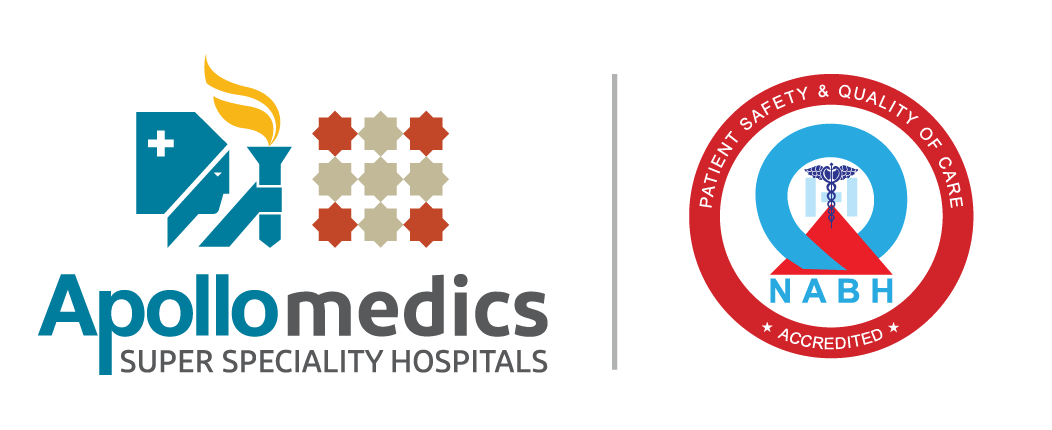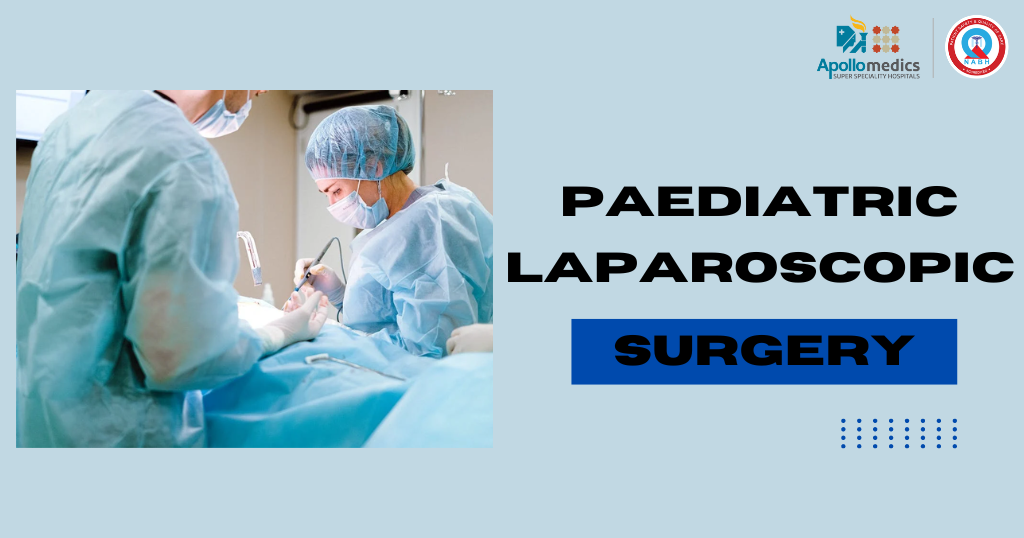Understanding Paediatric Laparoscopic Surgery
Laparoscopic surgery is a surgical procedure that allows access to the abdominal and pelvic cavities through a series of small incisions or ports. It is a surgery performed with cutting-edge technology in which, instead of large cuts on the belly or chest, small cuts are used. It is also known as KeyHole Surgery. Surgeons performing laparoscopic surgery make small incisions in the abdomen and insert trocars.
The trocars are then used to insert surgical instruments into the body, allowing the surgeon to perform the procedure.
Through the incision, carbon dioxide gas is pumped into the patient’s abdomen. The gas lifts the abdominal wall, creating enough space for the surgeon to work. The surgical team can see the inside of the abdomen in great detail, thanks to a tiny video camera that is also threaded into place.
What are the benefits of Paediatric Laparoscopic Surgery?
This type of minimally invasive surgery offers the patient many advantages over traditional, open procedures, including
- Less pain and discomfort
- Less requirement for painkillers
- Reduced wound complications
- Early start of feeding after surgery
- Early recovery
- Decreased hospitalisation
- Early return to school and normalisation of activity
- Reduced scarring
- Good cosmetic appearance
Understanding Your Child’s Surgery
Once your child is given medicine to make him sleep, three small slits will be made in his abdomen. Depending on the type of surgery, the 5 mm slits are made at his belly button and either side of his belly, above or below it. To make space for the surgeon to operate, the abdomen is filled with carbon dioxide. A thin rod-shaped instrument with a tiny camera on the tip, known as a laparoscope, is inserted into the body.
In the operating room, a picture of your child’s insides is displayed on a screen. The surgeon inserts instruments into the other tubes to perform the surgery. Once the surgery is completed, The surgeon closes the incisions with dissolving stitches and/or steristrips. Steristrips are little sticky tapes used to help hold together and protect the healing skin.
Which surgeries can be done laparoscopically?
Laparoscopic surgery has been used for the majority of surgical procedures. However, because a procedure can be done laparoscopically does not mean that it should be done this way. Many important factors must be considered, including the patient’s/preference, parents, the surgeon’s experience, the complexity of the procedure, the patient’s medical condition, and the cost difference between open surgery and laparoscopic surgery.
Laparoscopy should be avoided when treating extremely complex problems. The challenge is to define the relative benefits of various laparoscopic and open techniques more objectively.
Orchidopexy for Non-Palpable Undescended Testis
Appendicectomy
- Surgery for Hirschsprung’s disease
- Imperforate anus (Anorectal malformation)
- Removal of gallbladder
- Removal of spleen
- Excision of cysts/ lumps in the abdomen
- Surgery for Malrotation of small bowel
- Surgery for Meckel’s diverticulum
- Abdominal lymph node biopsy
- Nephrectomy, Nephroureterectomy
- Pyeloplasty
- Kidney and ureteral stones
- Selected Childhood cancers
- Ovarian surgery
- Empyema surgery
- Lung Biopsy & Lung resection
- Excision of lung cyst
Why Apollomedics Superspeciality Hospital, Lucknow
Apollomedics Superspeciality Hospital Lucknow has the best paediatric specialists for Pediatric laparoscopic surgery in Lucknow. Here are some bonus points to choose us.
- Excellent Paediatric and Neonatal Intensive Care Unit
- State of art operating rooms
- Cutting-edge laparoscopic instruments
- Skilled team surgeon, anaesthetist, trained technicians a nursing staff
- Paediatric patient dedicated areas in the Hospital
Written By –




